- The Philippines is the second largest archipelago in the world and includes 7,100 islands covering 297,179 sq. km. in the westernmost Pacific Ocean - the largest of the world's five oceans (followed by the Atlantic Ocean, Indian Ocean, Southern Ocean, and Arctic Ocean).
- It is located north of Indonesia (the world's biggest archipelago) and directly east of Vietnam.
- The archipelago is formed from a series of isolated fragments that have long and complex geological histories, some dating back 30-50 million years.
- With at least 17 active volcanoes, these islands are part of the "Ring of Fire" of the Pacific Basin.
- The archipelago stretches over 1,810 kilometers from north to south.
Megadiversity
In the Philippines, we are home to 70-80% of the entire planet’s biodiversity, making it one of the world’s 18 “megadiversity” countries (1). Biodiversity as defined in the UNCBD is “the variability among living organisms from all sources including, inter alia, terrestrial, marine and other aquatic ecosystems and the ecological complexes of which they are part.” Biodiversity consists of variety of species, their genetic make-up, and the communities or population for which they belong (2). 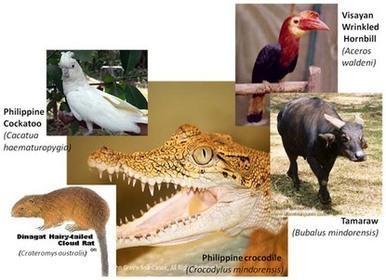 Terrestrial and marine habitats contain some of the richest biodiversities of flora and fauna, and the waters are considered a part of the biodiverse Coral Triangle (3). The archipelagic composition and intrinsically small landmass contribute to a high density of species per unit area that, for instance, the Mt. Makiling area in Laguna alone has more tree species than the (continental) United States (4). Further, of the 580 recorded birds, more than 35% can only be found here, while more than 60% of the 167 different species of mammals and 65% of the 10,000+ species of plants are endemic (5).
Terrestrial and marine habitats contain some of the richest biodiversities of flora and fauna, and the waters are considered a part of the biodiverse Coral Triangle (3). The archipelagic composition and intrinsically small landmass contribute to a high density of species per unit area that, for instance, the Mt. Makiling area in Laguna alone has more tree species than the (continental) United States (4). Further, of the 580 recorded birds, more than 35% can only be found here, while more than 60% of the 167 different species of mammals and 65% of the 10,000+ species of plants are endemic (5).
A Reason for Conservation
Hundreds of years ago, most of the Philippine islands were covered in rain forest. The bulk of the country was blanketed by lowland rainforests dominated by towering dipterocarps (Dipterocarpaceae), prized for their beautiful and straight hardwood. At higher elevations, the lowland forests are replaced by montane and mossy forests that consist mostly of smaller trees and vegetation. Small regions of seasonal forest, mixed forest and savanna, and pine-dominated cloud forest covered the remaining land area (6)But that was hundreds of years ago, now the country is both a hotspot and a megadiversity country, placing it among the top priority hotspots for global conservation (7). Here are a few environmental trivia** to remind us of the beauty of our natural resources, and why appreciation alone is not enough to preserve them.
- According to Haribon Foundation, Philippines is ranked 1st in the world for the number of endangered endemic species of mammals and birds on an acre-for-acre basis. 55 of the 70 threatened bird species in the world are found only in our country.
- Taal Volcano is the world’s smallest active volcano and Taal Lake is the only habitat of the world’s only freshwater sardine sardinella tawilis.
- Out of the 584 Philippine wildlife, 72% are threatened with extinction like the Philippine Eagle, Tamaraws of Mindoro, Visayan Spotted Deer, Visayan Warty Pig, and Dinagat Cloud Rat.
- The Philippine Eagle is one of the rarest eagles in the world and the Visayan Spotted Deer and Tamaraw are two of the rarest mammals in the world.
- A tiny orange-colored rodent-like mammal not found anywhere else in the world was recently discovered in Mt. Banahaw.
- The Tubbataha Reefs in Sulu Sea is the only marine natural park in the country and is a UNESCO World Heritage Site. It is home to over 600 species of fish, 359 species of corals, 12 species of sharks, 12 species of dolphins and whales, and over 100 species of birds.
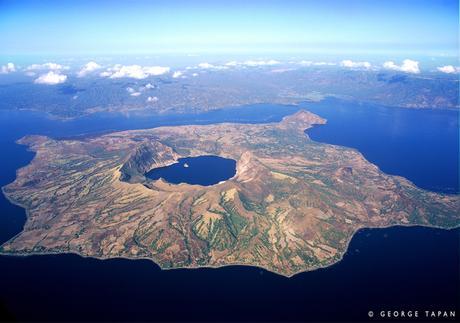 Taal Volcano.
Taal Volcano. 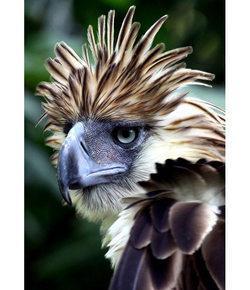 Right: The Philippine Eagle is endemic to the Philippines. It is one of the world's rarest and most critically endangered eagles, with only 500 pairs remaining in the wild. Below, Tubattaha Reefs.
Right: The Philippine Eagle is endemic to the Philippines. It is one of the world's rarest and most critically endangered eagles, with only 500 pairs remaining in the wild. Below, Tubattaha Reefs.
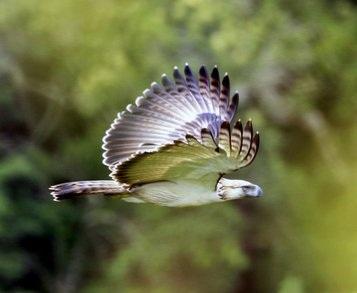
In Other Words
Us, 92.34 million Filipino people (2010, PSA), must start to consciously and aggressively stop destroying our beautiful home now.UNCBD - United Nations Convention on Biological Diversity
Montane - of or inhabiting mountainous country.
Endemic - of a plant or animal native or restricted to a certain country or area.
Savanna - (or savannah) is a grassland ecosystem characterized by the trees being sufficiently widely spaced so that the canopy does not close.
*The Encyclopedia of Earth. "Biological diversity in the Philippines." Accessed 13 February 2015. http://www.eoearth.org/view/article/150648/.
**Babbling Barry blog. http://www.babblingbarry.com/2014/08/31/10-environmental-trivia-about-the-philippines/.
(1) Foundation for the Philippine Environment. "Hub of Life: Species Diversity in the Philippines." Accessed 13 February 2015. http://fpe.ph/biodiversity.html/view/hub-of-life-species-diversity-in-the-philippines.
(2) http://mea.denr.gov.ph/index.php?option=com_content&view=article&id=113%3Aphilippine-biodiversity-status-and-threats&Itemid=94
(3) The World Wild Life. "A Biodiversity Hotspot in the Philippines." Accessed 13 February 2015. http://www.worldwildlife.org/blogs/good-nature-travel/posts/a-biodiversity-hotspot-in-the-philippines
(4) Foundation for the Philippine Environment. "Hub of Life: Species Diversity in the Philippines." Accessed 13 February 2015. http://fpe.ph/biodiversity.html/view/hub-of-life-species-diversity-in-the-philippines.
(5) Ibid.
(6) The Encyclopedia of Earth. "Biological diversity in the Philippines." Accessed 13 February 2015. http://www.eoearth.org/view/article/150648/.
(7) Foundation for the Philippine Environment. "Hub of Life: Species Diversity in the Philippines." Accessed 13 February 2015. http://fpe.ph/biodiversity.html/view/hub-of-life-species-diversity-in-the-philippines.
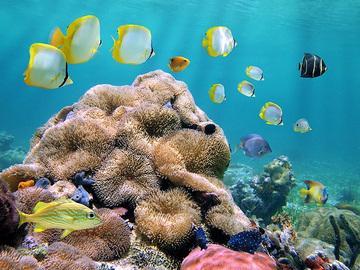
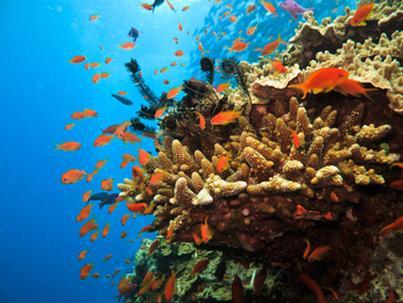
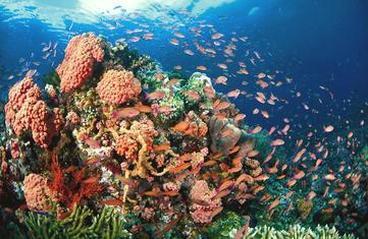



posted on 12 March at 11:31
The Philippines is such a wonderful country but it's given a little effort to preserve. Whenever i watch some documentaries about nature in different parts of the world it makes me happy but I did not realize that our country has a hidden gem. Many diverse species of animals and plants that live here but many are also on the verge of extinction. I wish us people could preserve it all and act. We can do something about it but not everyone is willing. So I hope by the years to pass that they still remain and may grow in abundance. Thank you author for sharing this information I really learned a lot ^-^.